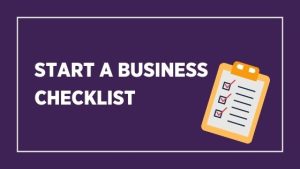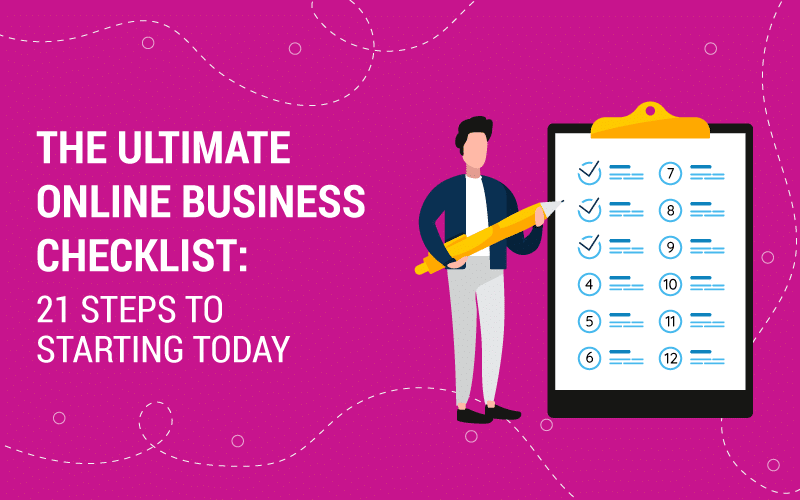Essential Checklist for Your Online Startup
Starting an online business can be both exciting and daunting. With the right planning and preparation, you can lay a solid foundation for your startup. This checklist will guide you through essential steps to ensure that you cover all critical aspects of launching your online venture successfully. https://diversewebsitedesign.com.au/website-design-new-town/
1. Define Your Business Idea
1.1 Identify Your Niche
Understanding your target market is crucial. Research potential niches to find gaps in the market that your business can fill. Consider factors such as demand, competition, and your personal interests and skills.
1.2 Validate Your Idea
Before investing time and resources, validate your business idea. Conduct surveys, seek feedback from potential customers, and use platforms like social media to gauge interest. This process helps you refine your idea and ensure there’s a market for it.
2. Develop a Business Plan
2.1 Outline Your Vision and Goals
A well-structured business plan serves as a roadmap for your startup. Define your vision, mission, and short-term and long-term goals. This will help you stay focused and organized as you move forward.

2.2 Financial Projections
Include financial projections in your business plan, detailing your expected revenue, expenses, and profits. This will help you understand your funding needs and attract potential investors.
2.3 Marketing Strategy
Determine how you will reach your target audience. Outline your marketing strategies, including social media, content marketing, and paid advertising. A solid marketing plan is essential for attracting customers and building brand awareness.
3. Choose a Business Structure
3.1 Understand Different Structures
Choose a business structure that suits your needs, whether it’s a sole proprietorship, LLC, corporation, or partnership. Each structure has its legal and tax implications, so research each option thoroughly.
3.2 Register Your Business
Once you’ve selected a business structure, register your business with the appropriate government authorities. This step is essential for obtaining necessary licenses and permits.
4. Create Your Brand
4.1 Develop Your Brand Identity
Establish a strong brand identity that resonates with your target audience. This includes creating a memorable logo, choosing brand colors, and defining your brand voice.
4.2 Register Your Domain Name
Your domain name is your online identity. Choose a domain that reflects your business name and is easy to remember. Make sure to check availability and register it with a reputable domain registrar.
5. Build Your Website
5.1 Choose the Right Platform
Select a website-building platform that aligns with your technical skills and business needs. Options like WordPress, Shopify, and Wix offer various features tailored to different types of businesses.
5.2 Design User-Friendly Navigation
Ensure your website is easy to navigate, with a clear menu structure. A user-friendly design enhances the user experience and encourages visitors to explore your offerings.
5.3 Optimize for Mobile
With the increasing use of mobile devices, optimizing your website for mobile is crucial. Ensure that your site is responsive and functions seamlessly on smartphones and tablets.
6. Set Up E-Commerce Capabilities
6.1 Choose Payment Gateways
Select secure payment gateways that offer a variety of payment options for your customers. Popular choices include PayPal, Stripe, and Square. Ensure that your payment system is easy to use and reliable.
6.2 Implement Shopping Cart Features
If you’re selling products, implement an efficient shopping cart system. This feature allows customers to add items to their cart and check out smoothly, enhancing the overall shopping experience.
7. Establish Online Presence
7.1 Leverage Social Media
Create profiles on relevant social media platforms to promote your brand and engage with your audience. Use these platforms to share valuable content, run promotions, and build a community around your brand.
7.2 Develop a Content Marketing Strategy
Content marketing is essential for attracting and retaining customers. Start a blog on your website, create informative articles, videos, and infographics that provide value to your audience and establish your authority in your niche.
8. Plan for Marketing and Promotion
8.1 Implement SEO Best Practices
Optimize your website for search engines to improve visibility. Research keywords relevant to your business and incorporate them into your content, meta descriptions, and titles.

8.2 Consider Paid Advertising
Explore paid advertising options such as Google Ads and social media ads to increase your reach and drive traffic to your site. Develop targeted ad campaigns to attract potential customers effectively.
9. Set Up Analytics and Tracking
9.1 Use Analytics Tools
Implement analytics tools like Google Analytics to track website performance, user behavior, and conversion rates. This data will provide insights into what works and what needs improvement.
9.2 Monitor Key Performance Indicators (KPIs)
Define KPIs that align with your business goals. Regularly monitor these metrics to assess your startup’s performance and make informed decisions based on data.
10. Prepare for Launch
10.1 Test Your Website
Before launching, thoroughly test your website to identify any issues. Check for broken links, loading speed, and mobile responsiveness. Ensure that all functionalities are working as intended.
10.2 Develop a Launch Strategy
Plan your launch strategy, including promotional activities, partnerships, and outreach. Create excitement around your launch through social media, email marketing, and other channels to attract initial customers.
11. Post-Launch Activities
11.1 Gather Feedback
After launching, actively seek feedback from customers. Use surveys, social media, and reviews to understand their experiences and identify areas for improvement.
11.2 Continuously Optimize
Based on feedback and analytics, continually optimize your website, marketing strategies, and product offerings. Adapt to changing market trends and customer preferences to ensure long-term success.
Conclusion
Launching an online startup requires careful planning and execution. By following this essential checklist, you can ensure that you cover all critical aspects of your business. From defining your idea to post-launch optimization, each step is vital for building a successful online presence. Embrace the journey, stay adaptable, and remain focused on your goals to achieve success in the online marketplace.






